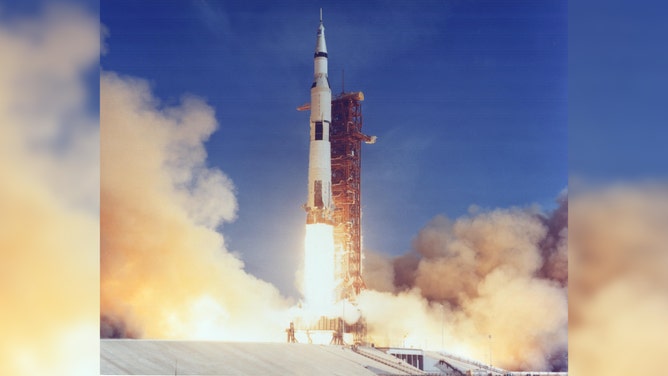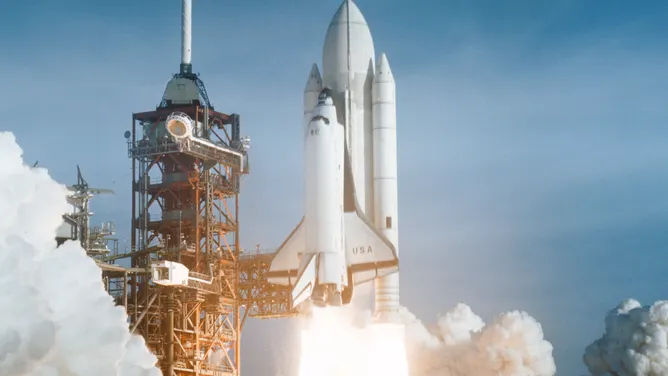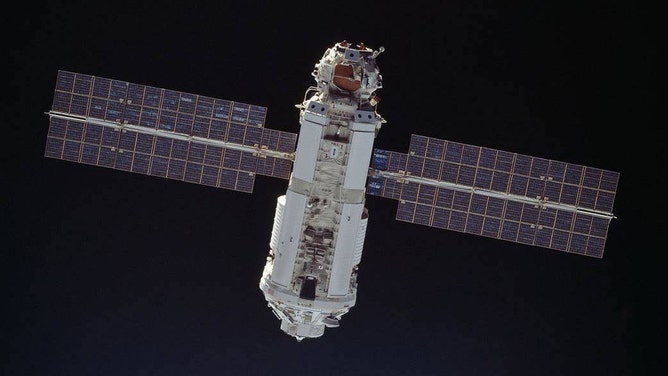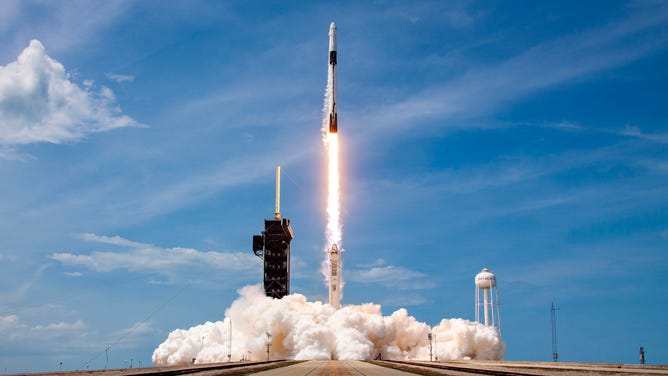5 of the most important rocket launches in the history of spaceflight
The Apollo 11 moon landing, the first space shuttle launch and the return to human spaceflight from U.S. soil all stand out in spaceflight history.
Top 5 most historic rocket launches
These five rocket launches were some of the most important in space exploration history.
The ground begins to tremble, massive engines roar to life and a rocket begins its journey to the stars in a blinding column of fire.
Launching a rocket into space is an amazing spectacle to behold—and one of humankind's most crowning achievements.
Here are five rocket launches that stand out as being the most pivotal in the history of space exploration.
1. Apollo 11: July 16, 1969
"One Small Step"
On July 16, 1969, the 363-foot tall Saturn V rocket launched the Apollo 11 mission from NASA’s Kennedy Space Center.
Three days later, astronauts Neil Armstrong, Michael Collins and Edwin "Buzz" Aldrin landed the lunar module in the Sea of Tranquility on the moon.

Apollo 11 begins its 240,000-mile journey to the Moon in 1969.
(NASA)
Putting his foot down on the Moon for the first time, Neil Armstrong famously declared, "That's one small step for man, one giant leap for mankind."
Effectively ending the Cold War, Apollo 11 was the United States' first human moon landing—eventually, six more Apollo missions would carry humans to the Moon.
2. First Space Shuttle Launch: April 12, 1981
"The Boldest Test Flight in History"
When Space Shuttle Columbia took to the skies on its maiden voyage on April 12, 1981, a new era of spaceflight began.

The successful launch of the first space shuttle, Columbia, ushered in a new concept in the utilization of space.
(NASA)
The mission, Space Transportation System-1 (or STS-1), was the first with a reusable spacecraft in human history.
It was also the first time in history a new spacecraft was launched on its first flight with a crew aboard.
The historic flight paired Apollo and Gemini veteran astronaut Commander John W. Young with Pilot Robert L. Crippen, who was heading to orbit for the first time.
The Space Shuttle Program went on to fly more than 100 missions over 30 years before ending in 2011.
3. First ISS Module Launch: November 20, 1998
"Dawn of a New Era"
On November 20, 1998, assembly began on the largest, most complex construction project in space.
At the Baikonur Cosmodrome in Kazakhstan, the Russian Space Agency launched the first piece of the International Space Station atop a Proton rocket.

The Zarya Module, which means "sunrise" in English, was the first component launched for the International Space Station.
(NASA)
The Zarya Module, which translates to "sunrise" in English, served as a temporary control module for the ISS during its early stages of assembly.
Meanwhile, the Space Shuttle Endeavour would launch on Dec. 4, 1998 with the space station Unity Node. The Russian and American crews would meet in space on Dec. 6, 1998 to turn the lights on to the International Space Station together.
Now a global partnership with 17 countries, the launch of the ISS marked the dawn of an era of international cooperation in space that continues today.
For more than 20 years humans have worked and lived continuously in low-Earth orbit on the ISS.
4. First Crewed Commercial Launch: May 30, 2020
"Back in Business"
On May 30, 2020, SpaceX launched its Falcon 9 rocket from NASA’s Kennedy Space Center with two NASA astronauts inside the Crew Dragon spacecraft.

Part of NASA's Commercial Crew Program, SpaceX's Demo-2 mission opened a new era in human spaceflight by the private sector.
(SpaceX)
Part of NASA’s Commercial Crew Program, the Demo-2 mission carried astronauts Douglas Hurley and Robert Behnken to the International Space Station.
This marked the first launch of astronauts from U.S. soil since the conclusion of the Space Shuttle Program in 2011, as well as the first time ever that humans traveled into orbit in a commercially developed craft.
Opening a new era in human spaceflight by the private sector, this flight test paved the way for NASA to certify the crew transportation system for regular, crewed flights to the orbiting laboratory.
5. First Falcon Heavy Launch: February 6, 2018
"To Infinity and Beyond"
On February 6, 2018, the Falcon Heavy lifted off from NASA’s Kennedy Space Center to become the most powerful operational rocket in the world by a factor of two.
Following liftoff, the two side boosters separated from the center core and returned to a landing site for future reuse.
Meanwhile, the center booster attempted to land on a drone ship at sea, but missed its target. Despite this setback, SpaceX has now successfully landed more than 100 rocket boosters.

Two Falcon Heavy boosters successfully land at Cape Canaveral, paving the way for development of fully-reusable rockets in the future.
(SpaceX)
The success of this partially-reusable system is paving the way for the development of SpaceX’s fully-reusable (and cost-saving) rocket, the Starship launch system.
The Falcon Heavy put a Tesla Roadster and its passenger, Starman, into orbit around the sun—but SpaceX’s goal is to one day carry humans to the Moon, Mars, and beyond.
